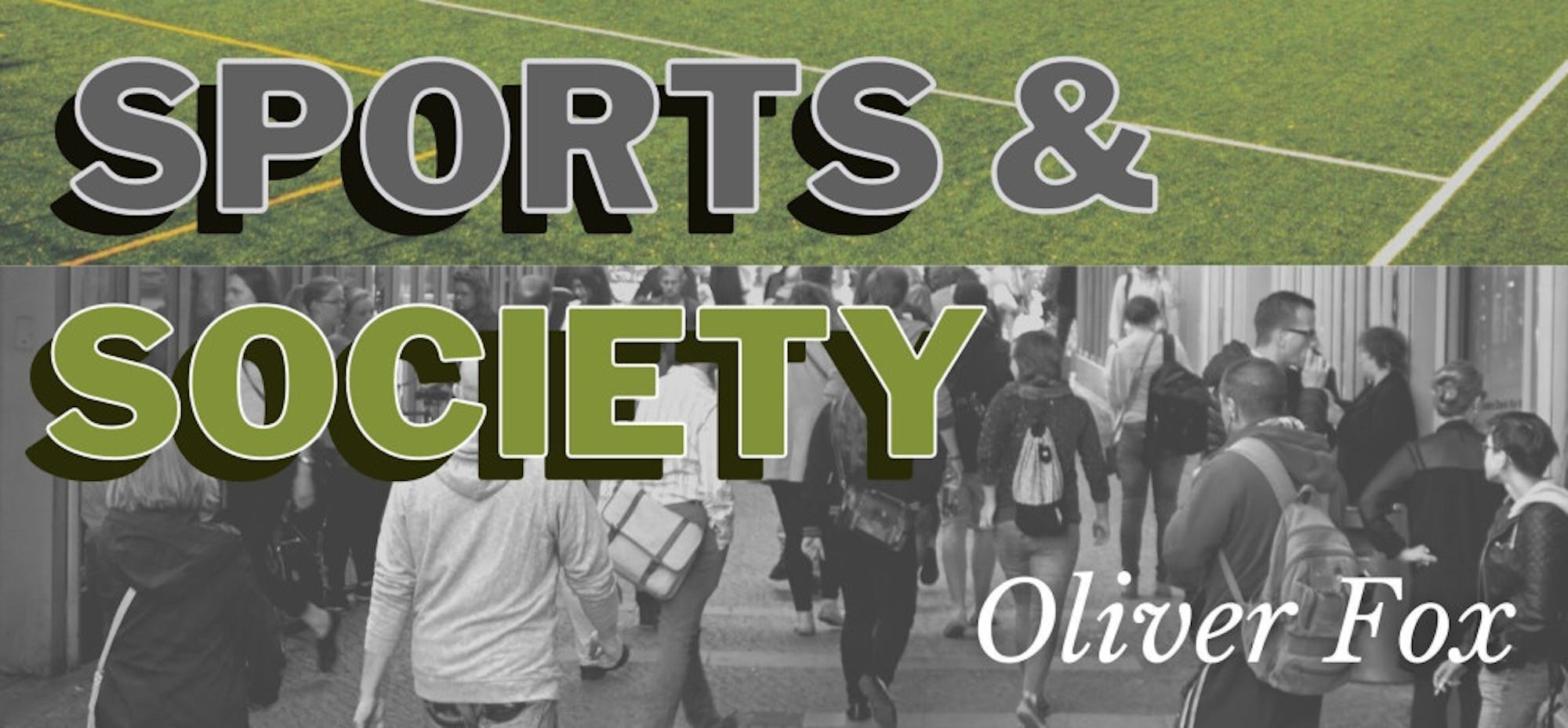The plaintiff of two Supreme Court cases against elite universities has very little interest in the politics of college athletics. Their eyes are on a bigger prize: the end of affirmative action in college admissions altogether. Yet, in their efforts to torpedo an era of campus diversity, they might accidentally destroy fencing.
Very rarely during the volcanic debates surrounding affirmative action does anyone bring up the so-called “Country Club Sports” that have for years acted as the secret back entrance to elite Ivy League universities. The usual battle lines contest that affirmative action either promotes diversity and thus fights discrimination, or is discrimination itself in that it uses race to decide if a student is qualified, which should in theory be illegal under the Equal Protection Clause of the 14th Amendment.
A recent study found that in Harvard admissions, recruited athletes were five thousand times more likely to receive an offer of admission. For reference, the same study found that legacy applicants were eight times more likely. High personal-cost sports — such as sailing, squash, skiing and fencing — receive the same advantages, yet are typically reserved for affluent and usually white students who can foot the bill.
Athletes, legacies, dean’s interest list and children of faculty and staff make up what is known as the ALDC advantage. Students with this advantage are far more likely to be white and receive a similar and sometimes greater advantage than students with a race-based advantage. Yet it differs from actual affirmative action in that it neither bolsters campus diversity nor mentions race explicitly, giving these students a leg up in surviving affirmative action bans.
When, in all likelihood, the Supreme Court declares affirmative action practices unconstitutional and bans them nationwide on Oct. 31, no one’s first question will be about what will happen to collegiate fencing rosters. Despite being a de factoform of race-based admissions, efforts to end athletic advantages in admissions will face a much harder road than those that have all but succeeded in removing those that look to make college campuses more equitable.
Despite my exhaustive efforts to prove otherwise, much of the world still believes that sports are separate from the political battlefields that define college diversity standards. And despite the obvious connectedness between athlete advantages and race, it is much easier to defend against whatever the Supreme Court may declare illegal. Sports lack the ugly hypocrisy that make legacy admissions morally indefensible and are technically open to all races, as wrong as that may be in practice. Ironically, sportswashing may protect a remaining bastion of discrimination in college admissions against laws specifically designed to end it.
The obvious rebuttal to my complaints is one of scale. Country club sports and their recruits make up a tiny number of total athletic advantages that universities weigh every year, and the fetishization of Ivy League admission may be misplaced considering that it makes up only 0.7% of American college students. But I’d argue an issue of scale is exactly what makes the crusade to destroy affirmative action so profoundly stupid. A tiny interest group of 20,000 students, weaponized by a conservative political strategist, is hell-bent on destroying education diversity for tens of millions of students nationwide.
And yet, you simply cannot learn about slavery without Black students in the room. Nor can a whole generation of programmers and engineers exclude entire minority groups that make up the complicated heart and soul of the nation. Yet when the death knell rings for affirmative action, it might only be the fencers that survive.






